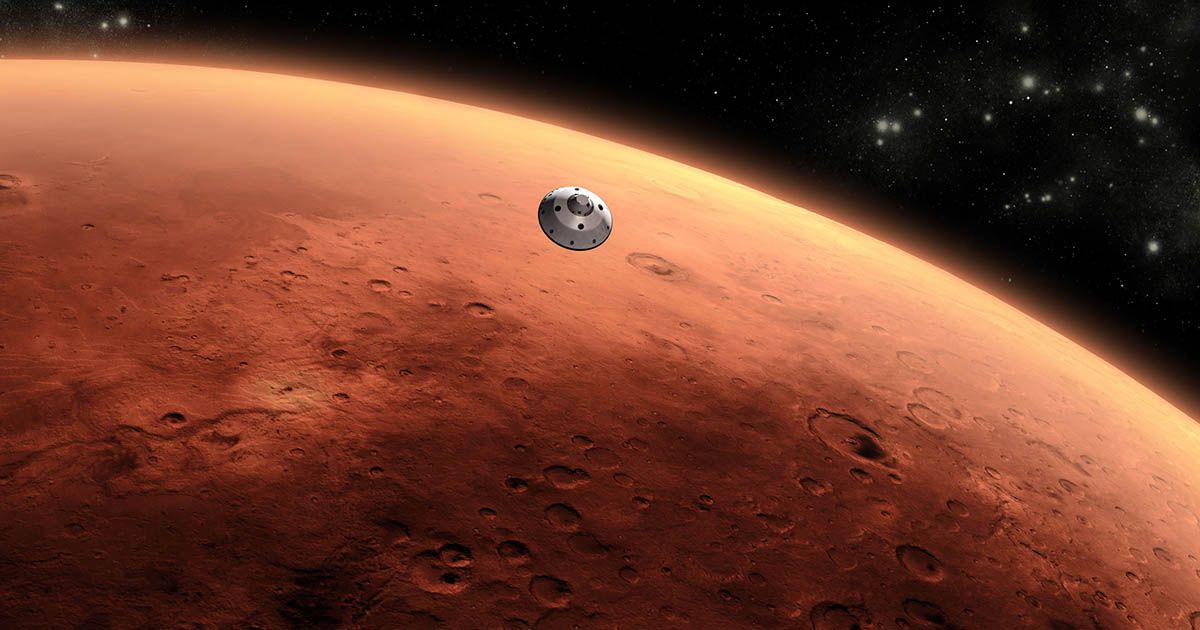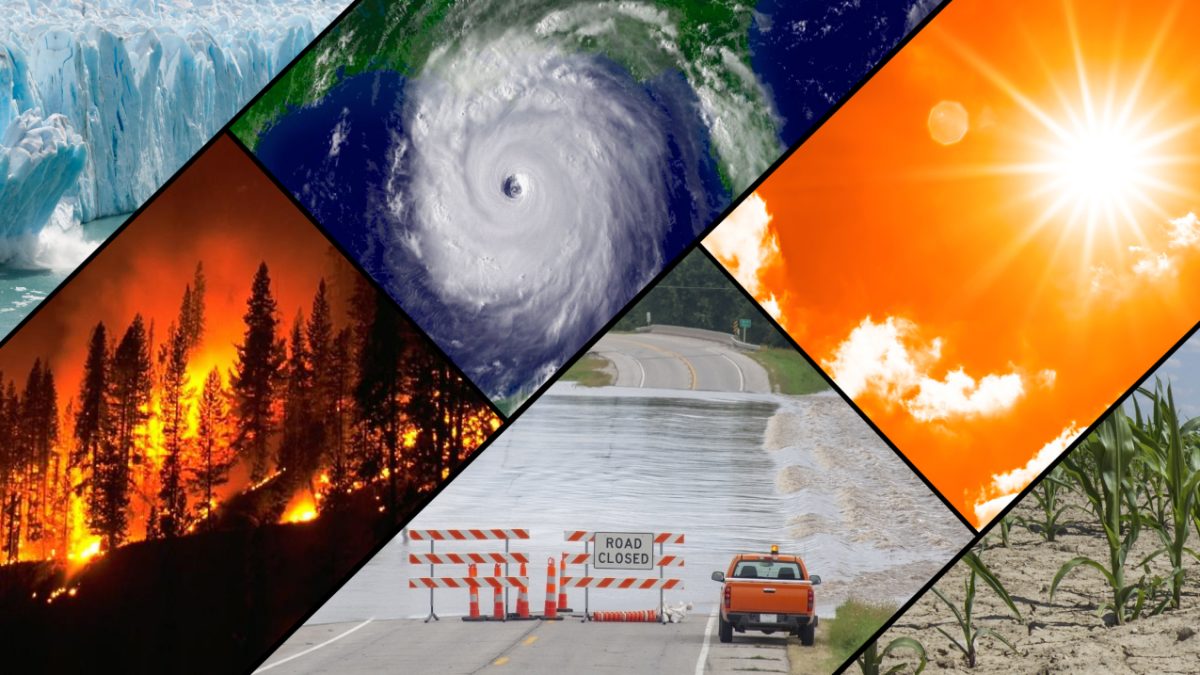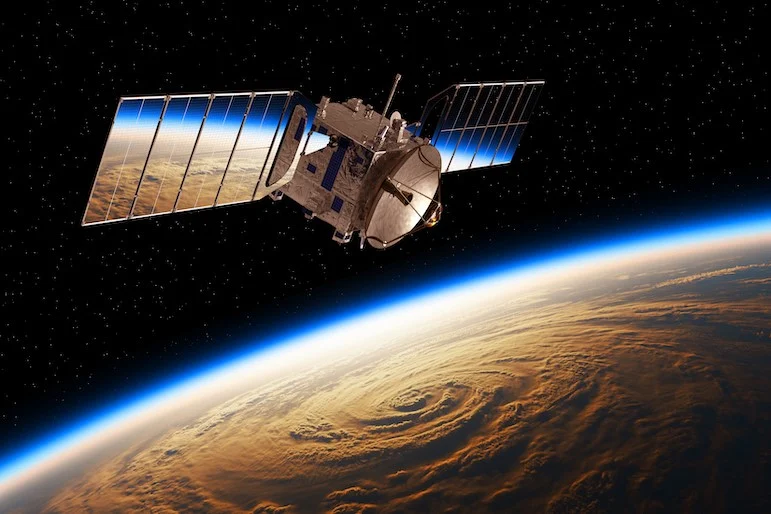As Earth faces increasing environmental challenges and a growing population, the idea of colonizing Mars has captured the imagination of scientists, entrepreneurs, and the public alike. With its similarities to Earth and potential for human habitation, Mars represents both an opportunity and a challenge for humanity’s future in space.
Mars is often considered the most viable option for human colonization within our solar system. It has several features that make it appealing:
- Proximity: Mars is relatively close to Earth, with travel times ranging from six to nine months depending on the alignment of the planets.
- Day Length: A Martian day, or “sol,” is approximately 24.6 hours, similar to Earth’s 24-hour cycle, which could help humans adapt more easily.
- Water Presence: Evidence suggests that water exists on Mars in the form of ice, particularly at the poles and beneath the surface. This could be crucial for sustaining life and producing resources like oxygen and hydrogen fuel.
- Atmosphere: Although thin and composed mostly of carbon dioxide, Mars’ atmosphere provides some protection from cosmic radiation and could potentially be used in resource extraction processes.
Despite its potential, Mars presents significant challenges for human habitation:
- Harsh Environment: Mars is cold, with average temperatures around -80 degrees Fahrenheit (-62 degrees Celsius). Its thin atmosphere offers little protection from harmful solar and cosmic radiation.
- Limited Resources: Essential resources such as breathable air, liquid water, and food are not readily available and would need to be produced or transported from Earth.
- Isolation: The distance from Earth means communication delays of up to 22 minutes one way, making real-time interaction impossible. Resupply missions would also take months.
- Gravity: Mars’ gravity is only about 38% of Earth’s, which could have unknown long-term effects on human health, including muscle atrophy and bone density loss.
Efforts to establish a human presence on Mars involve several key steps:
- Robotic Exploration: Missions like NASA’s Perseverance rover and China’s Tianwen-1 are gathering data on Mars’ geology, climate, and potential for past life, providing critical information for future human missions.
- Technology Development: Innovations in life support systems, habitat construction, and resource utilization (such as extracting water from ice) are essential for sustainable living on Mars.
- Human Missions: Organizations like NASA and SpaceX are planning crewed missions to Mars within the next decade. These missions aim to test technologies, study human health impacts, and lay the groundwork for permanent settlements.
- International Collaboration: Successful colonization will likely require cooperation among nations and private entities to share knowledge, resources, and expertise.
Colonizing Mars raises important ethical questions. Should we prioritize fixing Earth’s problems before expanding into space? How do we ensure that Mars exploration respects any potential Martian ecosystems? Additionally, the governance of a Mars colony poses complex legal and political challenges.
Living on Mars is no longer just a science fiction dream; it is becoming a tangible goal for humanity. While the challenges are immense, the pursuit of a Martian colony could drive technological advancements, inspire global collaboration, and offer a new perspective on our place in the universe. As we stand on the brink of this new frontier, the journey to Mars promises to redefine what it means to be an interplanetary species.












